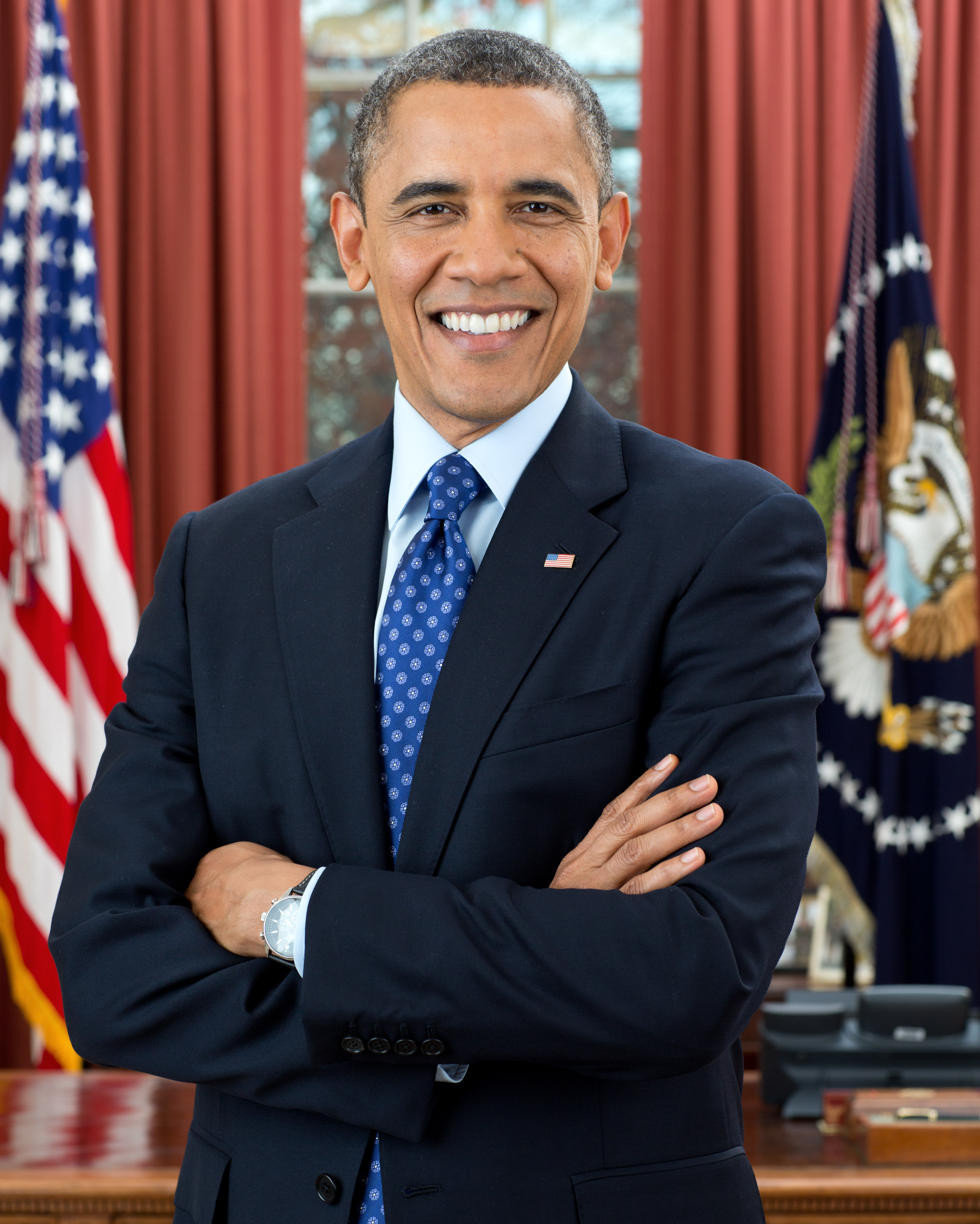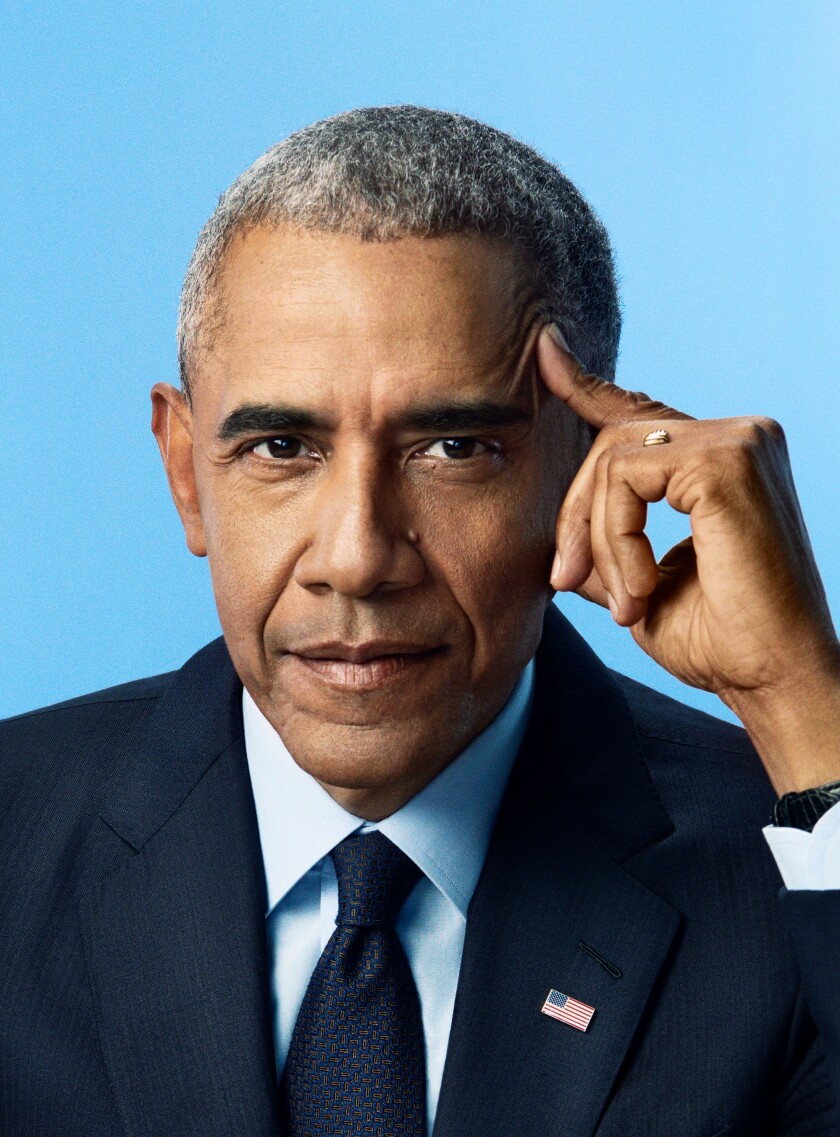Unpacking The Obama Iran Deal: A Deep Dive Into Diplomacy And Disagreement
The Joint Comprehensive Plan of Action (JCPOA), widely known as the Obama Iran Deal, stands as one of the most complex and controversial foreign policy initiatives of the 21st century. This landmark agreement, reached during U.S. President Barack Obama's tenure, aimed to prevent Iran from acquiring a nuclear weapon by imposing significant limits on its nuclear program in return for sanctions relief. Its very existence, implementation, and eventual unraveling have shaped global geopolitics, sparking intense debate among world leaders, policy experts, and the public alike.
Understanding the intricacies of the Obama Iran Deal is crucial not just for historical context, but also for comprehending ongoing diplomatic efforts and the persistent challenges of nuclear non-proliferation. From its ambitious goals to its contentious outcomes, the deal represents a pivotal moment in international relations, highlighting the delicate balance between diplomacy, security, and economic pressure. This article will delve into the core components of the agreement, its initial impact, the reasons for its withdrawal, and its lasting legacy, offering a comprehensive look at how this critical accord sought to reshape the global nuclear landscape.
Table of Contents
- The Genesis of the Obama Iran Deal: Years of Tension
- What Was the Obama Iran Deal? Defining the JCPOA
- The Immediate Impact: Sanctions Relief and International Confirmation
- A Diplomatic Achievement or a Dangerous Concession? Perspectives on the Deal
- The Trump Administration's Withdrawal: "The Deal Did Not Go Far Enough"
- Iran's Response and Subsequent Actions: Escalation and Uranium Enrichment
- The Biden Administration and the Future of the Deal: A Complex Restoration
- Beyond the Iran Deal: A Blueprint for Global Diplomacy
The Genesis of the Obama Iran Deal: Years of Tension
The journey to the Obama Iran Deal was long and fraught with tension, a culmination of decades of international concern over Iran's nuclear ambitions. For years, Iran's nuclear program had been a source of significant apprehension for the global community, particularly the United States and its allies. The prevailing fear was that Iran was secretly pursuing nuclear weapons capabilities under the guise of a civilian energy program, raising the specter of nuclear proliferation in an already volatile region. This concern led to a series of escalating international sanctions aimed at pressuring Tehran to halt its uranium enrichment activities and cooperate fully with international inspectors. Diplomacy and cooperation were often overshadowed by threats and mistrust, making sustained progress difficult and leading to a cycle of escalation and deadlock.
- Lorna Watson Spouse
- Chanel Santini Age
- James Franco Wife
- Hannah Waddingham Husband
- Chanel West Coast Husband
The international community, through the P5+1 (the five permanent members of the UN Security Council—China, France, Russia, the United Kingdom, and the United States—plus Germany), engaged in protracted, often frustrating, negotiations with Iran. These discussions sought a comprehensive, long-term solution that would provide verifiable assurances about the peaceful nature of Iran’s nuclear program. The stakes were incredibly high, with the constant shadow of potential military conflict looming if a diplomatic resolution could not be found. The urgency of the situation was palpable, as many feared Iran was steadily advancing towards nuclear weapons capability, potentially reducing its "breakout time" to a matter of months. As Secretary of State John Kerry and Mohammad Javad Zarif, Iran's Minister of Foreign Affairs, met in Lausanne, Switzerland, in March 2015, the world watched with bated breath, hoping for a breakthrough that would avert a looming crisis. This persistent diplomatic engagement, despite numerous setbacks and deep-seated mistrust, ultimately laid the groundwork for what would become the Joint Comprehensive Plan of Action, a testament to the belief that even the most complex security challenges could be addressed through negotiation.
What Was the Obama Iran Deal? Defining the JCPOA
At its core, the Joint Comprehensive Plan of Action (JCPOA), often referred to simply as the Iran nuclear deal or the Obama Iran Deal, was an agreement designed to limit the Iranian nuclear program in return for sanctions relief and other provisions. This historic agreement was officially reached on July 14, 2015, after intense and marathon negotiations that spanned years. As President Obama put it in a speech to the nation, the highlight of this deal is that it aims to stop Iran from acquiring a nuclear weapon. The deal was meticulously crafted to block all potential pathways Iran might take to develop a nuclear weapon, whether through uranium enrichment or plutonium production, ensuring that its nuclear program would remain exclusively peaceful. It was a complex document, running to over 100 pages, but its central tenets were clear: strict, verifiable limitations on Iran’s nuclear activities in exchange for the gradual lifting of crippling international sanctions.
Core Provisions: Curbing Iran's Nuclear Pathways
The JCPOA imposed significant, verifiable limits on Iran’s nuclear program, directly addressing the international community's primary concerns. One of the most critical aspects was curbing Iran's ability to enrich uranium to weapons-grade levels. The deal addressed this directly: it would curb Iran's nuclear programs by drastically reducing the number of centrifuges Iran could operate and limiting the level of uranium enrichment. Specifically, the new agreement lets Iran keep 6,000 centrifuges, a significant reduction from the nearly 20,000 it possessed before the deal. More importantly, it barred advanced centrifuges for 15 years, ensuring that Iran could not rapidly increase its enrichment capacity or quickly produce fissile material. Furthermore, Iran was required to ship 25,000 pounds of enriched uranium out of the country, drastically reducing its existing stockpile of low-enriched uranium, which could otherwise be further enriched to weapons-grade. This deal cuts off Iran’s ability to pursue a nuclear weapon through uranium enrichment, closing off a critical pathway.
- Leonardo Aguilar Age
- Chelsea Tavares Husband
- Meghann Fahy Age
- Who Is Harry Jowsey Dating
- Yancy Butler Relationships
Beyond uranium, the deal also cut off Iran’s ability to pursue a nuclear weapon with plutonium. Iran committed to redesigning its Arak heavy water reactor to prevent the production of weapons-grade plutonium, a byproduct of heavy water reactors. Additionally, it agreed to ship out all spent fuel for present and future power and research nuclear reactors for 15 years, preventing it from reprocessing the fuel to extract plutonium. It also committed to rely on light water for future nuclear reactors, which are less suitable for plutonium production. These provisions were meticulously designed to extend Iran’s nuclear “breakout time”—the time it would take Iran to produce enough weapons-grade fissile material for one nuclear weapon—to about a year. Today, because of the Iran deal, it would take Iran 12 months or more, a significant increase from the estimated few months before the agreement. This extended breakout time provided a crucial buffer, giving the international community ample time to respond if Iran decided to violate the agreement and pursue a weapon.
Verification and Monitoring: An Unprecedented Regime
A crucial aspect of the Obama Iran Deal, and one that proponents highlighted as particularly robust, was its comprehensive verification and monitoring regime, overseen by the International Atomic Energy Agency (IAEA). This deal put in place the most robust verification regime in any nuclear agreement, ensuring timely access to suspicious sites. Unlike previous nuclear agreements, such as the North Korean deal, which only covered declared facilities and lacked all of the transparency the Iran deal has, the JCPOA went well beyond that, ensuring timely access to suspicious sites. This meant that IAEA inspectors would have unprecedented access to Iran’s nuclear facilities, including declared sites, uranium mines, centrifuge production facilities, and even suspicious undeclared sites, to ensure compliance. This level of access was designed to detect any covert nuclear activities. The agreement also established a Joint Commission to oversee its implementation and resolve any disputes.
Furthermore, the deal included a powerful enforcement mechanism known as "snapback" sanctions. And with the unprecedented monitoring and access this deal puts in place, if Iran tries, we will know and sanctions will snap back into place. This meant that if Iran violated any aspect of this deal, sanctions that had crippled Iran's economy would snap back into place immediately, providing a strong disincentive for non-compliance. This combination of strict limitations, rigorous verification, and immediate consequences was intended to provide the international community with a high degree of confidence that Iran’s nuclear program would remain exclusively peaceful and that any deviation would be quickly detected and penalized. The transparency and oversight built into the JCPOA were central to its design, aiming to address the deep-seated mistrust that had characterized Iran's nuclear program for decades.
The Immediate Impact: Sanctions Relief and International Confirmation
Upon the agreement's approval and Iran's initial compliance, the immediate impact of the Obama Iran Deal was the gradual relief from sanctions that had severely crippled Iran's economy. This was a critical component of the deal, as Iran's incentive for adhering to the nuclear restrictions was the promise of economic revitalization. Importantly, Iran won’t garner any new sanctions relief until the IAEA confirms that Iran has followed through with its end of the deal. This phased approach meant that Iran had to demonstrate concrete, verifiable steps towards compliance before receiving any economic benefits. Once the IAEA verified Iran's adherence to the initial steps, such as shipping out enriched uranium, dismantling thousands of centrifuges, and disabling its heavy water reactor, the international community began lifting some of the most stringent sanctions imposed by the UN, the U.S., and the European Union.
This included unfreezing Iranian assets held abroad, estimated to be tens of billions of dollars, and allowing the country to re-enter global financial markets and oil trade. The return of Iranian oil to the international market had a noticeable impact on global energy prices. For many, this was a moment of cautious optimism, a testament to the power of diplomacy in resolving seemingly intractable conflicts. The deal had the full backing of the international community, signifying a unified approach to addressing Iran's nuclear program. The initial period of implementation saw a significant increase in foreign investment in Iran and a boost to its economy, demonstrating the tangible benefits of
- Nevalee Oneill
- Marcia Gay Harden Partner
- Who Is Whitney Cummings Dating
- Sloane Momsen
- Eve Hewson Relationships

File:President Barack Obama.jpg - Wikipedia

Barack Obama | Biography, Parents, Education, Presidency, Books

Review: Barack Obama's presidential memoir "A Promised Land" - Los